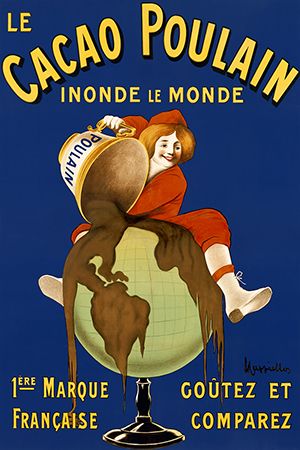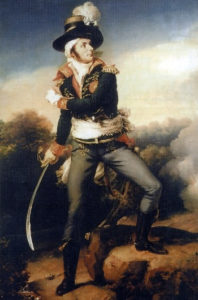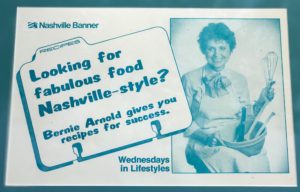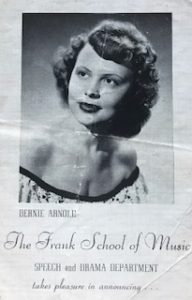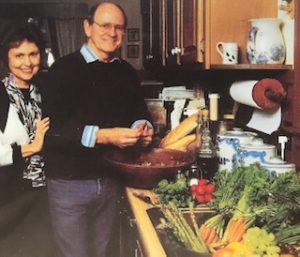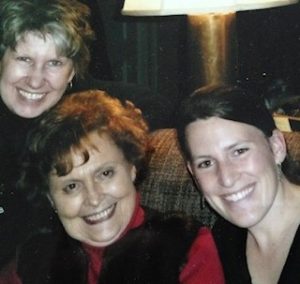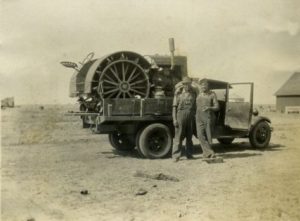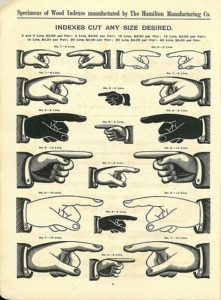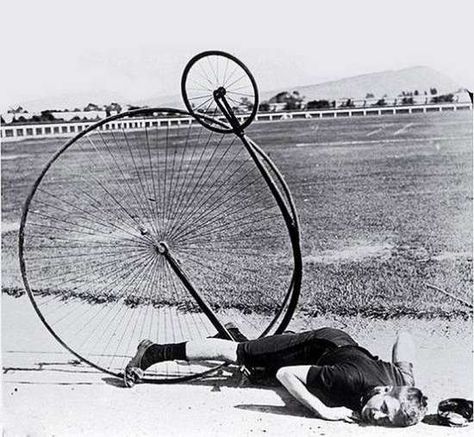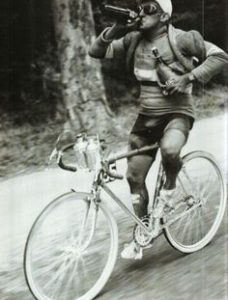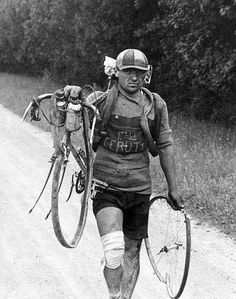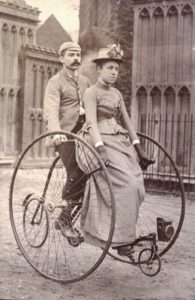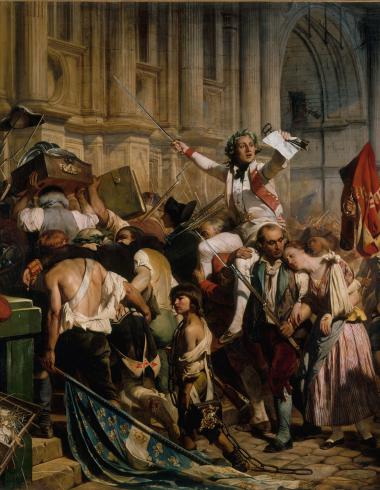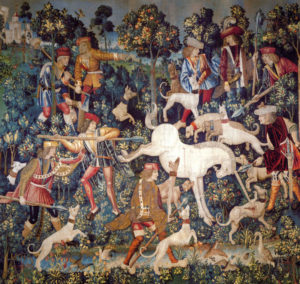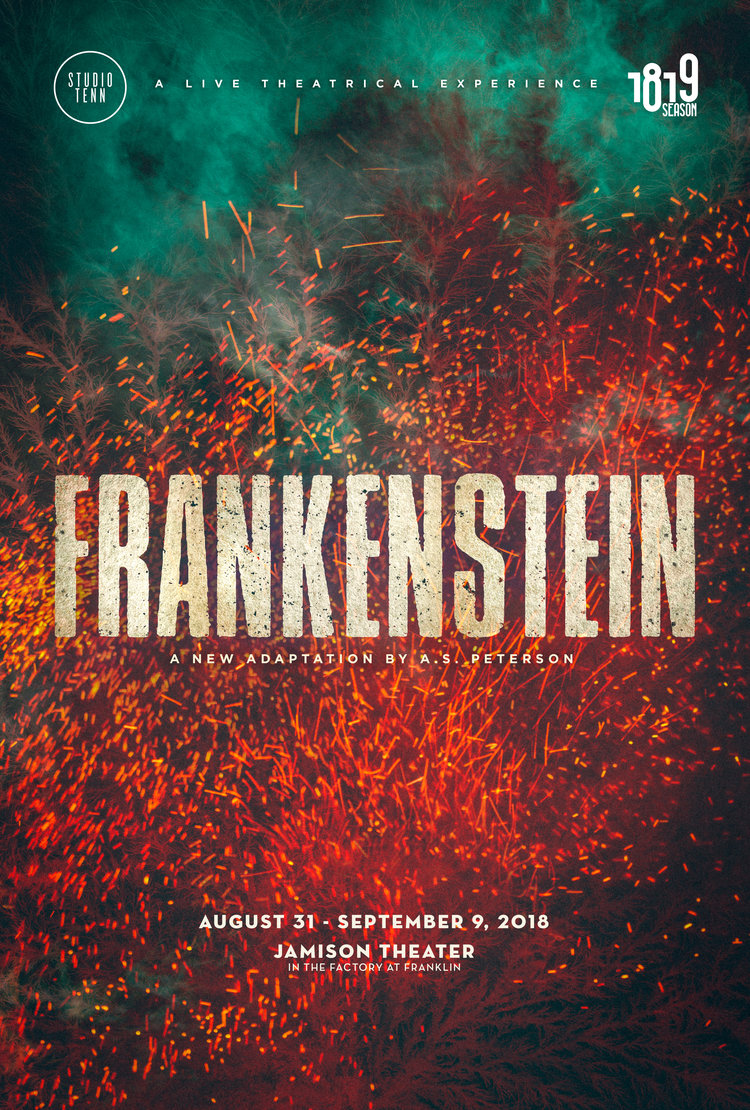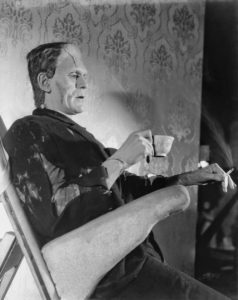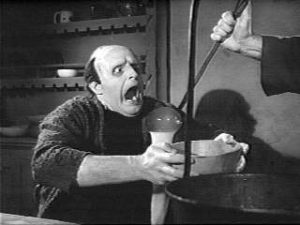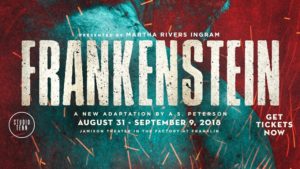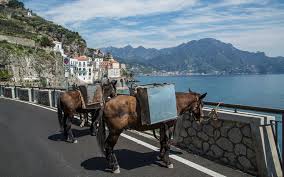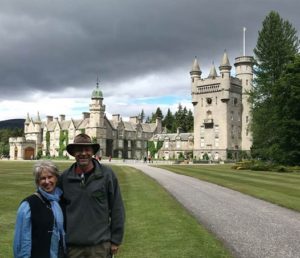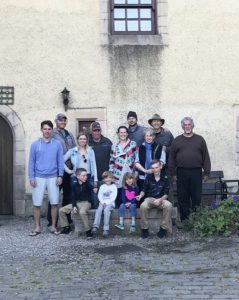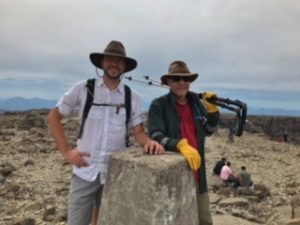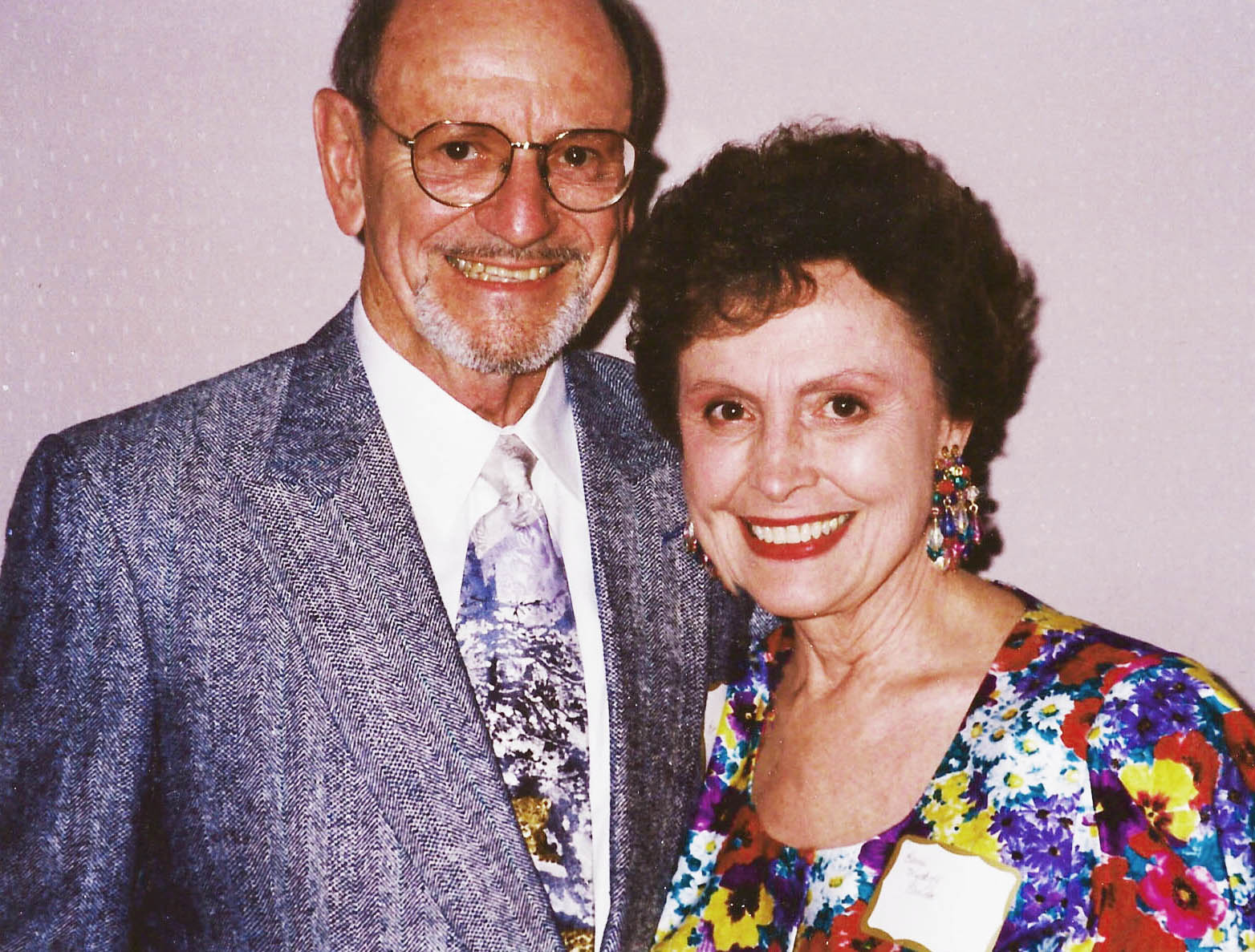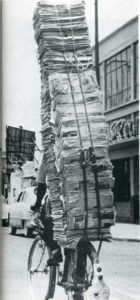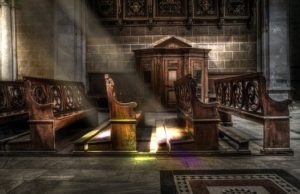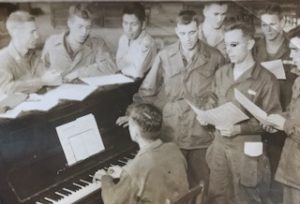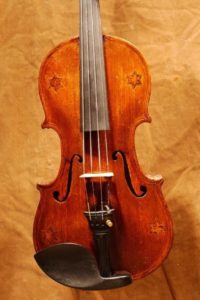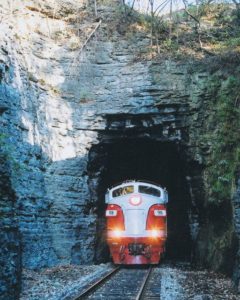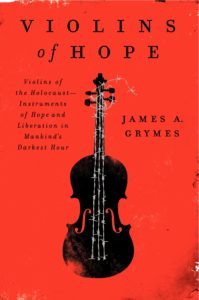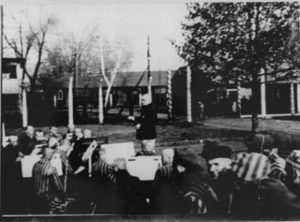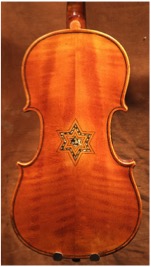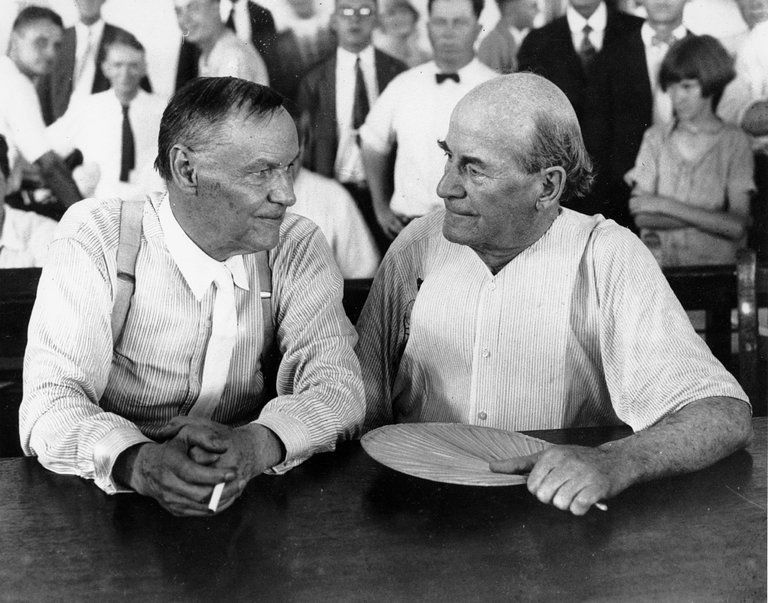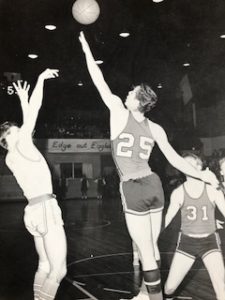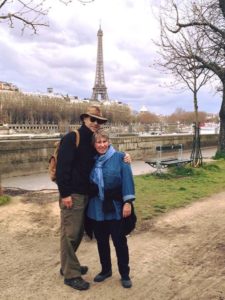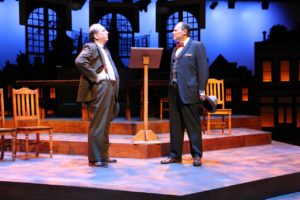My Best Self
Oh how we love to look at ourselves. We keep returning to any available mirror to be sure that what we judged acceptable at the start of the day remains in place until we collapse into bed at night exhausted from self-criticisms or fears of judgment and scorn of others. Most of us don’t have a magic mirror that will speak to us the disingenuous words we want to hear: “Magic mirror on the wall, who is the fairest one of all?” A dangerous and invariably damning question. I hate to be the bearer of bad news, but there will always be one fairer than you. It must be disappointing not to find your name and image on the celebrity list of most handsome/beautiful people year after year. The magic in the mirror must be running on empty.
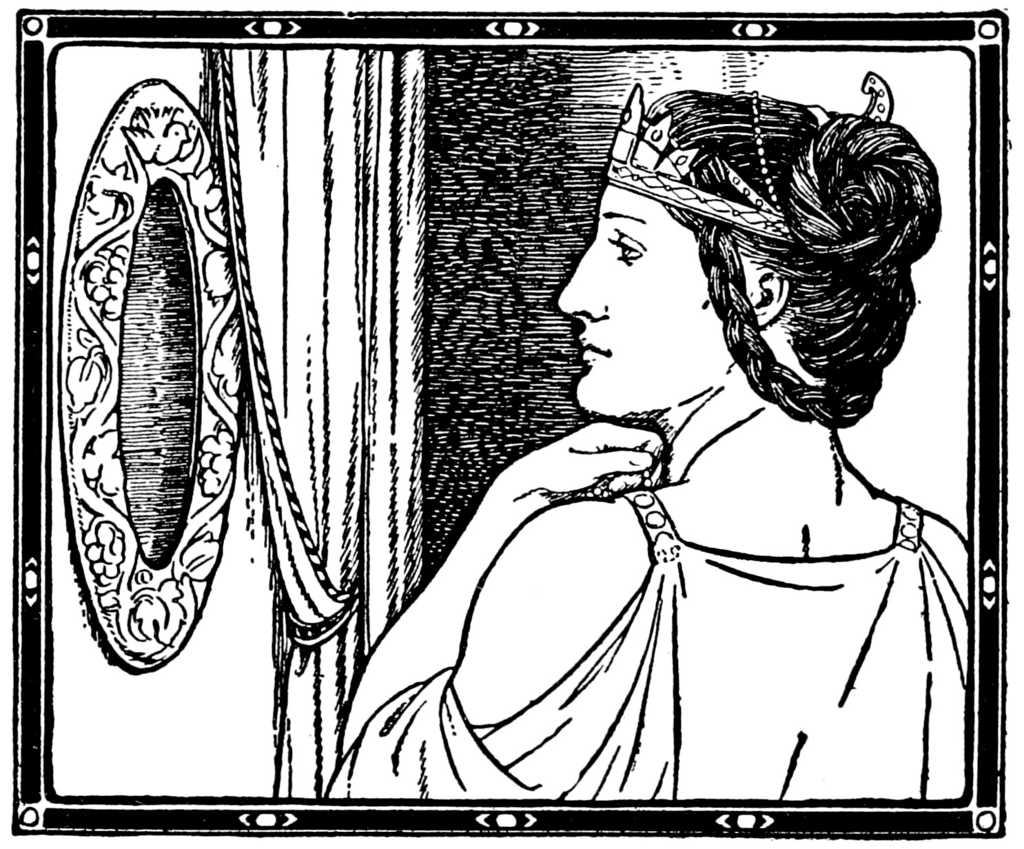
But we keep going back to the mirror, and whether or not we verbalize the famous question, our actions betray us. Each new day the process begins in our pursuit to be “the fairest.” And now that modern technology has given us so many social outlets, we can post our fair likeness as often as we please. We can compare our images to those male and female models on the covers of magazines; bodies free of wrinkles, liver spots, or errant facial hair. The message is not so subtle; never go out in public without your silicone airbrush to remove the imperfections and enhance the attributes. Lest we forget, the wicked Queen in Snow White considered her mirror her slave and expected her mirror to always flatter.
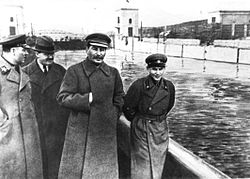
Such technology is also handy in removing the obnoxious person who insists on ruining any photo by making a stupid face or a person unacceptable to the elitist. Back in the day of the Stalin purges the process of eliminating the unwanted person was called “object removal.” Today it is referred to as “Photo shopped.” With our personalized magic mirror we can remove whatever or whomever we choose.

The fixation with oneself and our public facade is nothing new. Narcissus had a similar infatuation with his “Selfie”, only this Greek demigod took it one step further. Narcissus never took his eyes off himself once he caught sight of his beauty. Unable to embrace his watery reflection, he lost his will to live. It was not a happy ending.
We humans expend a great deal of time and treasure devoted to our self-obsession to transform ourselves into superior beings, though a little lower than the Marvel Comic gods. We read volumes of self-help literature, we join Wellness Centers, we drink all sorts of concoctions, we apply all sorts of goop, we Cross Fit and cleanse, we spend hours in the confession booth or a therapist’s office, and we emulate the habits of the titans of achievement. Because we believe our bodies and personalities are upgradeable like our iPhones, we doggedly pursue the quest of perfection, and if we can’t make the cover of a magazine, by gum, we’ll post our Best-Self on our social media accounts.
This whole chasing after our Best-Self is not original to our generation or past generations. The sonnets of Shakespeare or English Romantic poets or the Greek mythologies did not come up with the idea. One of the oldest texts on human beauty and perfection was written by King Solomon of ancient Israel. The descriptions of the bride and bridegroom in chapters 4:1-7 and 5:10-16 of the “Song of Songs” are poetic gems. These verses celebrate the beauty of the lovers without objectifying them. Kay and I used portions of the poem in our wedding vows and ceremony, and her march down the aisle toward me escorted by her two brothers is as vivid in my memory today as when it happened nearly forty years ago. It is a good thing I am sitting down to write this piece because I can feel the weakness in my knees as I type. Yeah, she can still cause that same effect in me today. I am a lucky man.
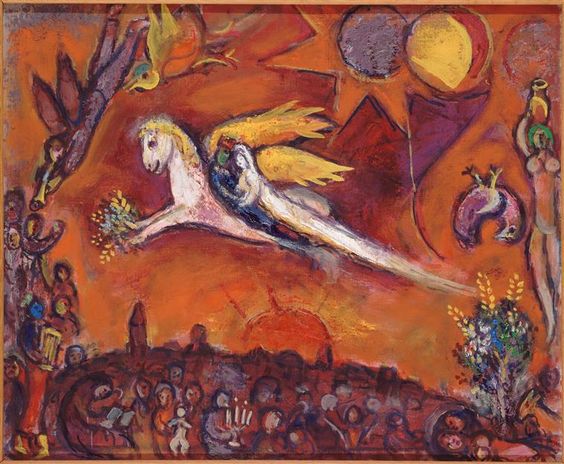
I read an article that used the term “aspirational narcissism” describing our culture’s obsession with ourselves. We aspire to be perfect in body, soul, and spirit, and believe we can achieve it under our own steam. We believe that science supports this through evolutionary, brain circuitry. We abdicate our real image to the advertisers’ whims of what our Best-Self should be. We believe religion supports this desire by turning a legitimate prayer into a literal, self-serving demand, “Whatever you ask in prayer, you shall receive”. We believe our economy supports our convictions in how we prioritize where to spend our hard-earned cash. A cursory look at a monthly bank statement will revel how often a card is swiped just to obtain the Best-Self figure.
Then there are the perpetual lies we convert into mantras: “winners and losers”, “this is my moment”, “only the strong survive”, “I am self-made”, “God helps those who help themselves”, “pull yourself up by your bootstraps”, and my favorite, “Yes (parents, grandparents, teachers, and au pairs, insert child’s name here), you can grow up to be anything you want to be, even president”. For good measure, lump in all the catchphrases from celebrities, motivational speakers, and political candidates. I have a two-word retort to “aspirational narcissism”. STOP IT! (For reference, please watch Bob Newhart’s “Stop It” comedy sketch on your social media outlet of choice. And then just imagine my therapist wife rolling her eyes at Newhart’s cure for what ails us.)
What am I advocating? Confession is good for the soul. See what I did there? I just copped a catchphrase after deriding the practice. But I start with my own confession. I am guilty of all that I excoriate in this piece. I am my own idol of aspiration, and I have spent time and treasure fashioning this idol to the general public. It is a false idol. Only God and Kay know the real me. I spend too much time in conversations discussing me and my accomplishments and not listening or encouraging others to speak of themselves or any other subject of interest to them. I post my achievements. I look at others looking at me hoping they like what they see. I want all eyes to behold my Best-Self persona.
Einstein said, “Reality is merely an illusion, albeit a very persistent one.” Now when you are the Father of Relativity, you can use any slogan you like, but the misperceptions of the reality around us does shape our hearts and minds. To revisit poor Narcissus, once he caught sight of himself, he spurned all human connection embracing the illusion that he was the most beautiful object he had ever seen or imagined. The allure was so strong and so deceptive that when he finally realized this love could not be reciprocated, he died. Are we killing ourselves for a mere reflection of what we perceive is our Best-Self?
Whether we are victim of the playground bully or the brutality of the marketplace or feel left in the dust by our fast paced society because we can’t keep up, who do we look to for comfort: the magic mirror with its deceptive lexis of slogans? Or who do we blame: a politician; a parent; an employer; a spouse; God?
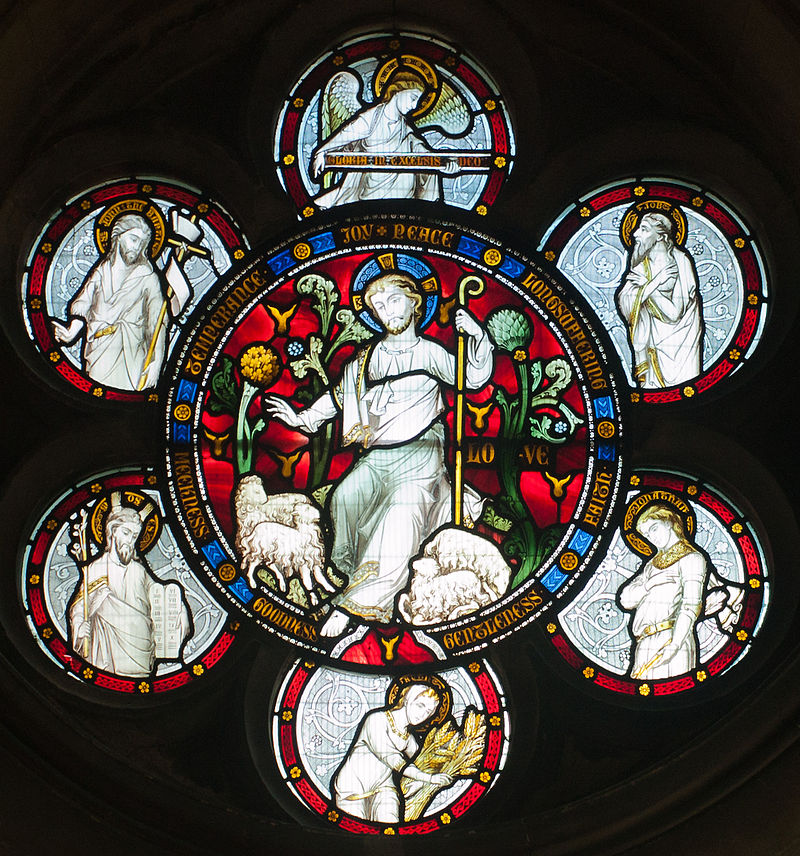
I suggest an alternative to the slave in the mirror and the chasing of the Best-Self lifestyle. I suggest love. Love means giving up, sacrificing, setting aside our self-centeredness. Such a choice requires transformation of the heart, and I am under no illusion, the practice of such selfless love is much harder than pursuing “aspirational narcissism”, but, I suggest, more rewarding. I refer you to a different mirror, the mirror St. Paul mentions in his letter to the church in Corinth. Portions of the thirteenth chapter are often quoted for both secular and religious wedding ceremonies because of the truth of its source and the power of its effect. Without love, we see a poor portrait of ourselves in any mirror we hold up. The magic mirror is unreliable and leaves us in a constant state of fear. Narcissus’ pool reflects back only a single likeness blinding us to all others. Love invites us to human connection. Love restores our joy. Love is capable of turning the world upside down. Love is the only hope that can save us from the chaos of our present world. Put the mirror down. Our Best-Self will appear when we lose ourselves in loving service to others.
Cover: Narcissus by Caravaggio


